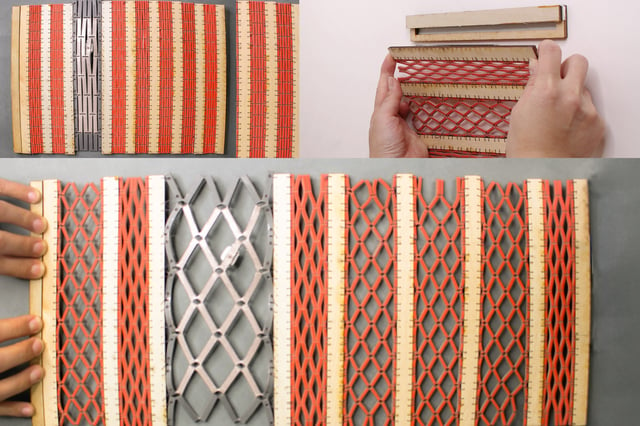Overview
- The meta-antenna uses auxetic metamaterials whose geometric deformation shifts resonance frequency to cover multiple wireless protocols in a single device.
- Researchers fabricated prototypes by laser-cutting a rubber dielectric and applying conductive spray patches, solving hinge durability with a flexible acrylic coating.
- Demonstrator devices, including smart headphones and a responsive curtain, showcased mode switching via a 2.6% resonance shift and dynamic lighting control.
- Testing confirmed structural durability beyond 10,000 compression cycles and validated the antenna’s capability to detect physical deformations for sensing applications.
- The team released a customizable design platform for parameterizing, simulating, and fabricating meta-antennas and plans to pursue three-dimensional architectures and streamlined manufacturing.
